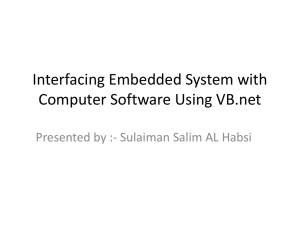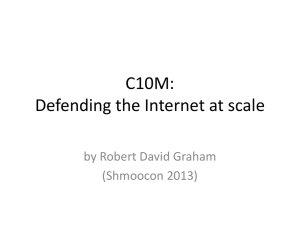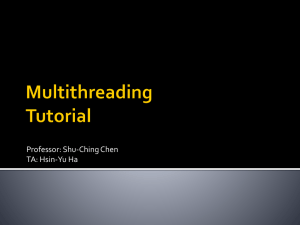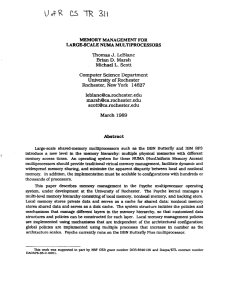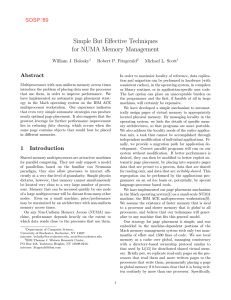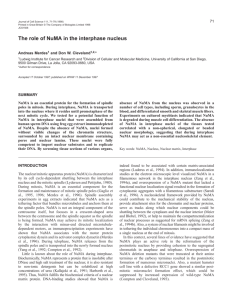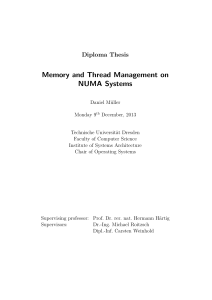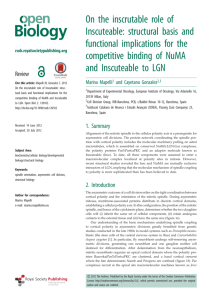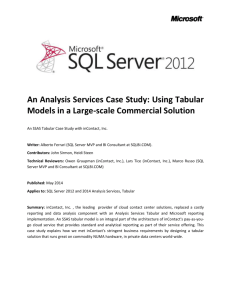NUMA aware heap memory manager
advertisement
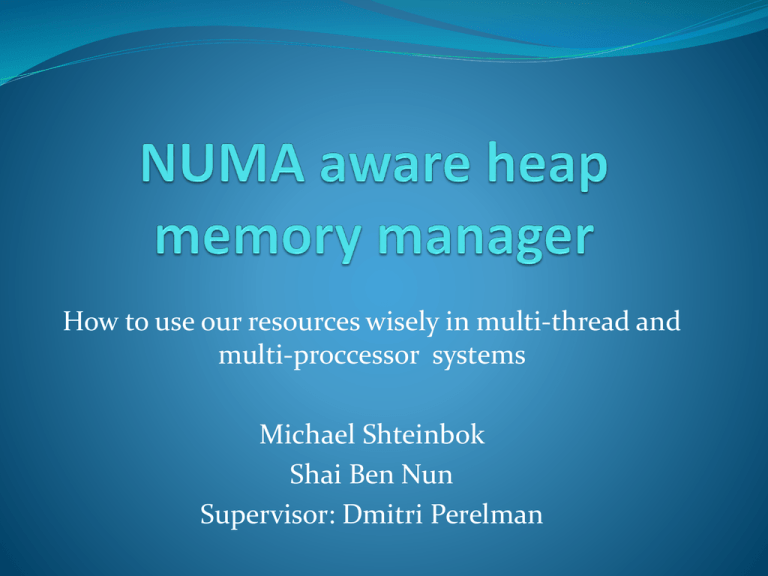
How to use our resources wisely in multi-thread and multi-proccessor systems Michael Shteinbok Shai Ben Nun Supervisor: Dmitri Perelman What’s the problem? While increasing number of cores/processors seems to increase the performance in proportion, it usually increases in lower numbers and sometimes even slows us down. Ok, But Why? Some physical issues can still cause a bottleneck. For example Memory Access and Management. UMA – Uniformed Memory Access Solution - NUMA Non Uniform Memory Access - each CPU has it’s own close memory with quick access. One processor can access the other memory units but with slower BW. The NUMA API lets the programmer to manage the memory. How One Manages The Memory? When we allocate and free, we are blind to the process in the background. For this need we have different lib function. (glibc, TCMalloc, TCMalloc NUMA Aware) The article refers to this management problem and offers the TCMalloc NUMA Aware heap manager Performance Change The Previous solutions(more BW, more local access): Project Goals Improving the current TCMalloc numa aware in scenarios it losses performance Managing wisely the memory of different cores and offer a new “read” function that will be faster (TBD) Problem In Current Solution When thread frees memory that was allocated by another thread (on another numa node) we can get performance loss Thread A Thread A X = malloc X = Allocate Thread B Thread A Free pool Free (X) Free (X) Our Benchmark Each couple of threads on a different numa node. 8 quad-cores processors => Total 16 couples. Allocator Thread Alloc Queue Alloc Rand List (5000) First-touch policy Access Memory Free Thread Achieving Project Goals Step By Step Learn how does the TCMalloc work Find scenarios that makes current TCM to loss performance. Sort the scenarios by most likely to occur in real environment Implement a support in these scenarios Make new TCMalloc to get better performance!



